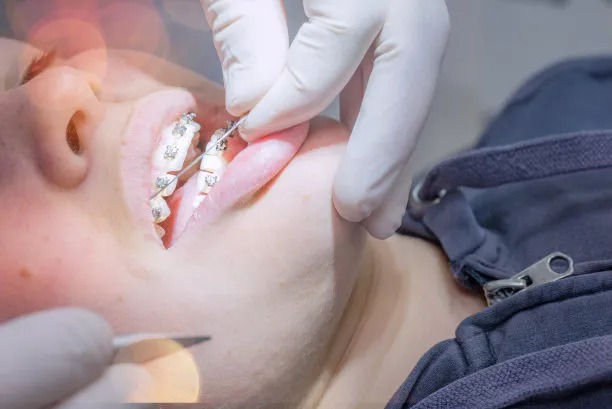The Essential Guide to Extracting a Tooth Safely and Effectively for Optimal Oral Health Improvement
Summary: Extracting a tooth can be a daunting experience, but understanding the process can significantly improve your oral health and comfort. This guide delves into the essentials of safe and effective tooth extraction, starting with the reasons behind the need for extraction, moving on to pre-extraction preparations, exploring the extraction process itself, and finally, addressing the aftercare necessary for optimal recovery. By following these guidelines, readers can ensure a smoother experience whether at home or with dental professionals. Ultimately, taking the right steps can lead to improved oral health and a more confident smile.
1. Understanding the Need for Tooth Extraction

Tooth extraction is often necessary when a tooth is beyond repair due to decay, infection, or structural damage. Dental professionals evaluate the tooth’s condition through X-rays and oral examinations, determining if extraction is the best option. Primary teeth may also need extracting to allow adult teeth to grow properly.
Another common reason for extraction is overcrowding. In cases where there isn’t enough space for all teeth, dentists may recommend removing one or more teeth to improve alignment and facilitate orthodontic treatment. Fixing bite issues and enhancing smile aesthetics are other key motivations for deciding on extraction.
Lastly, wisdom teeth extraction is a routine procedure, as these molars often become impacted and result in pain or infection. Removing them at the right time, typically during late adolescence or early adulthood, can prevent future complications, leading to improved oral health.
2. Pre-Extraction Preparations to Consider
Before an extraction, a thorough assessment of the patients medical history is critical. Patients should disclose any medications they are taking and inform their dentist of any underlying health conditions. This information helps dental professionals tailor the approach, ensuring a safe and effective extraction.
Patients may also need to undergo specific dental hygiene routines prior to extraction. Maintaining a clean mouth can minimize the risk of infection during the procedure. This might involve brushing and flossing carefully and possibly using an antiseptic mouthwash.
Additionally, discussing sedation options with the dentist can alleviate anxiety associated with tooth extraction. Various sedation methods are available, from local anesthesia to general anesthesia, depending on the complexity of the extraction and the patient’s comfort needs. Having a clear understanding of these options helps patients feel more in control before the procedure begins.
3. The Tooth Extraction Process Explained
The actual tooth extraction process can vary in complexity based on the tooth’s condition and position. The dentist begins by administering anesthesia to ensure the patient does not feel pain during the procedure. For simpler extractions, dentists typically use specialized tools to loosen the tooth from the socket.
In more complex cases, such as with impacted wisdom teeth, incisions in the gums may be necessary. The dentist may also need to break the tooth into smaller pieces for easier removal. Regardless of the technique used, the dentists goal is to perform the extraction safely and efficiently, minimizing discomfort.
After the tooth removal, its essential for the dentist to inspect the extraction site. They will often place gauze over the socket to promote clot formation and control bleeding. Patients receive post-operative instructions to follow, ensuring a successful recovery and minimizing risks of complications.
4. Aftercare for Optimal Recovery
Following a tooth extraction, proper aftercare is paramount for a smooth recovery. Patients should follow their dentist’s guidelines, which typically include resting and avoiding strenuous activities for a few days. Managing pain with prescribed medications or over-the-counter options is also part of a good recovery plan.
Diet plays a crucial role immediately after extraction; soft foods are recommended while the area heals. It’s advisable to avoid hot, spicy, or crunchy foods that could irritate the extraction site. Drinking plenty of fluids is essential, but sipping through a straw should be avoided as it may dislodge the blood clot.
Monitoring the extraction site for excessive bleeding, swelling, or signs of infection is critical. Patients should contact their dental professional if they experience any unusual symptoms. Following up with the dentist as recommended helps ensure a complete recovery and addresses any concerns that may arise during the healing process.
Summary:
Extracting a tooth is often essential to maintain optimal oral health, and understanding the processes involved can greatly reduce anxiety surrounding the procedure. By comprehending the reasons behind an extraction, preparing adequately, understanding the extraction process, and adhering to proper aftercare, patients can ensure a positive outcome.
This article is compiled by Vickong Dental and the content is for reference only.



